Enter a surname, town name or other keyword to search the database. Remember to
allow for the different spellings of 'Mc' and 'Mac.' Good luck!
{Search tips: Use single word search terms for more results}
You must enter some valid character(s) into the search field
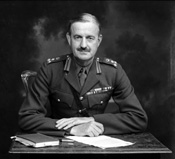
Reference: 46461f
Brigadier (later General) Sir ...
|
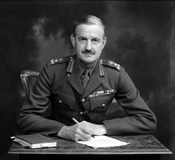
Reference: 46461e
Brigadier (later General) Sir ...
|
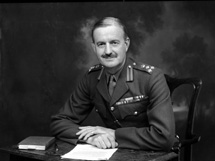
Reference: 46461d
Brigadier (later General) Sir ...
|
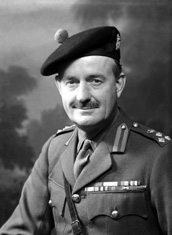
Reference: 46461c
Brigadier (later General) Sir ...
|
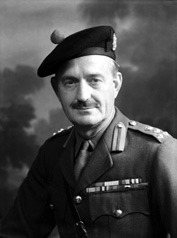
Reference: 46461b
Brigadier (later General) Sir ...
|
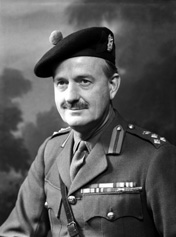
Reference: 46461a
Brigadier (later General) Sir ...
|
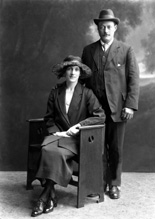
Reference: 24282
Mrs McLeod, The Smithy, Munloc...
|
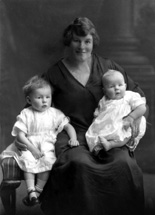
Reference: 24227a
Mrs Fred Cameron, Kilmeny, Isl...
|
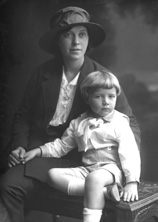
Reference: 23994a
Miss Constance Paterson (1902-...
|

Reference: 24260b
Mrs P. Paterson. Anne Margaret...
|
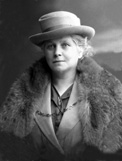
Reference: 24260a
Mrs P. Paterson. Anne Margaret...
|

Reference: 37368b
Lady Rosamund Agnes Greaves, t...
|